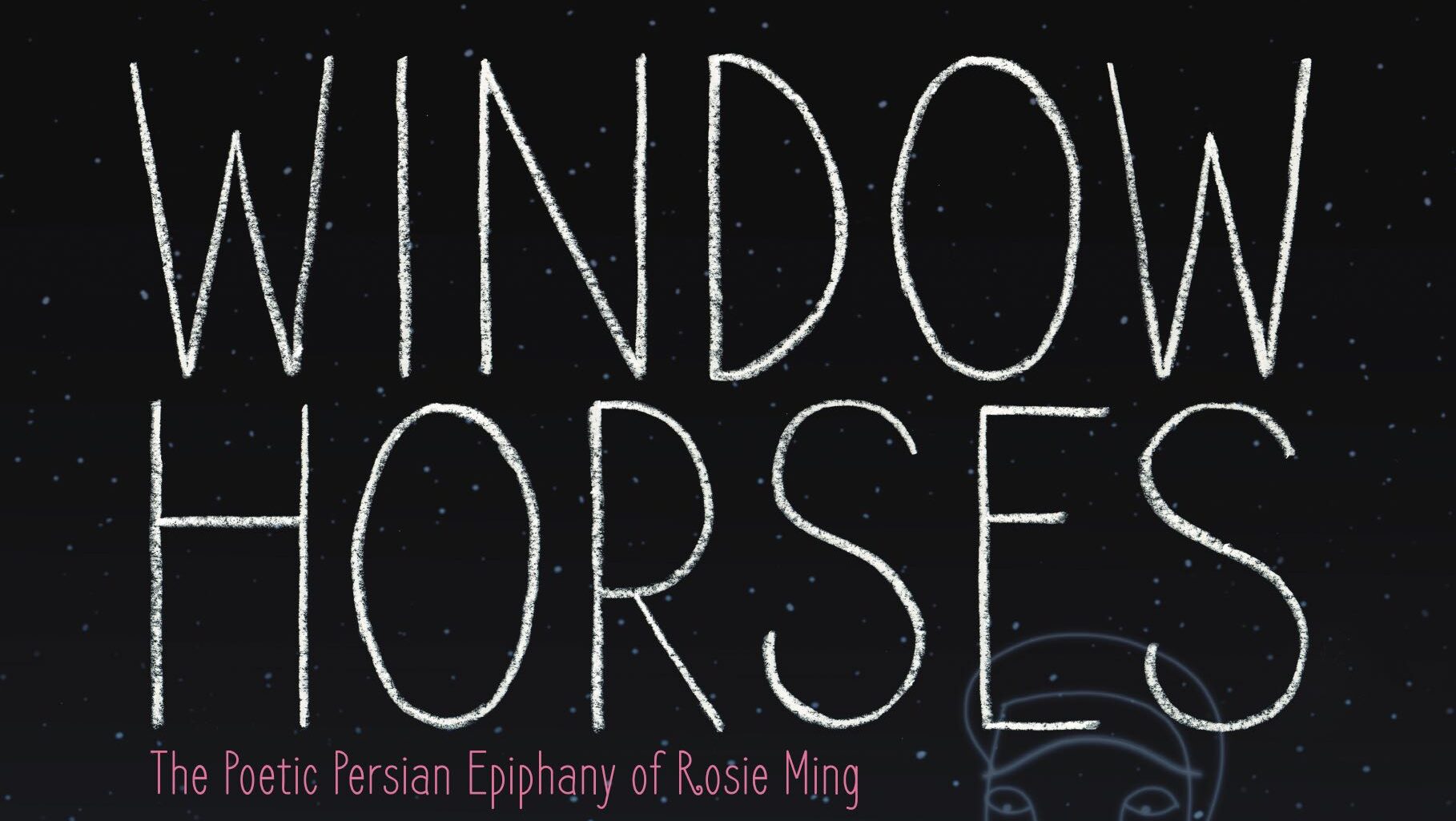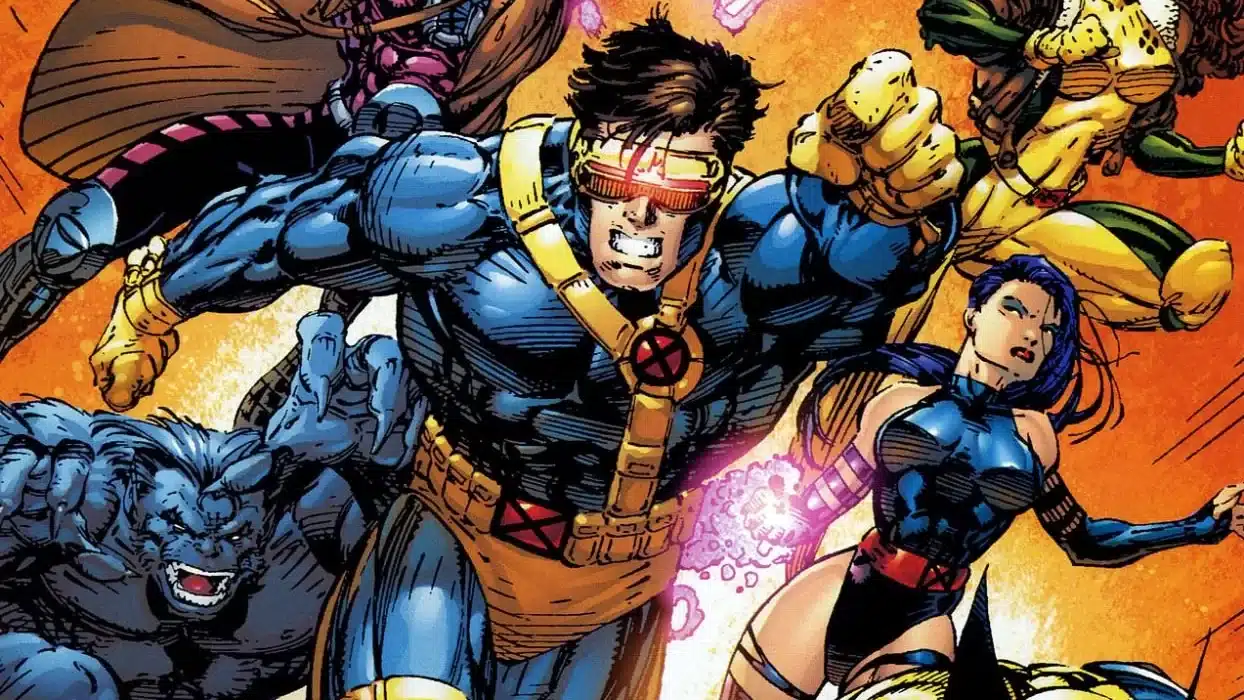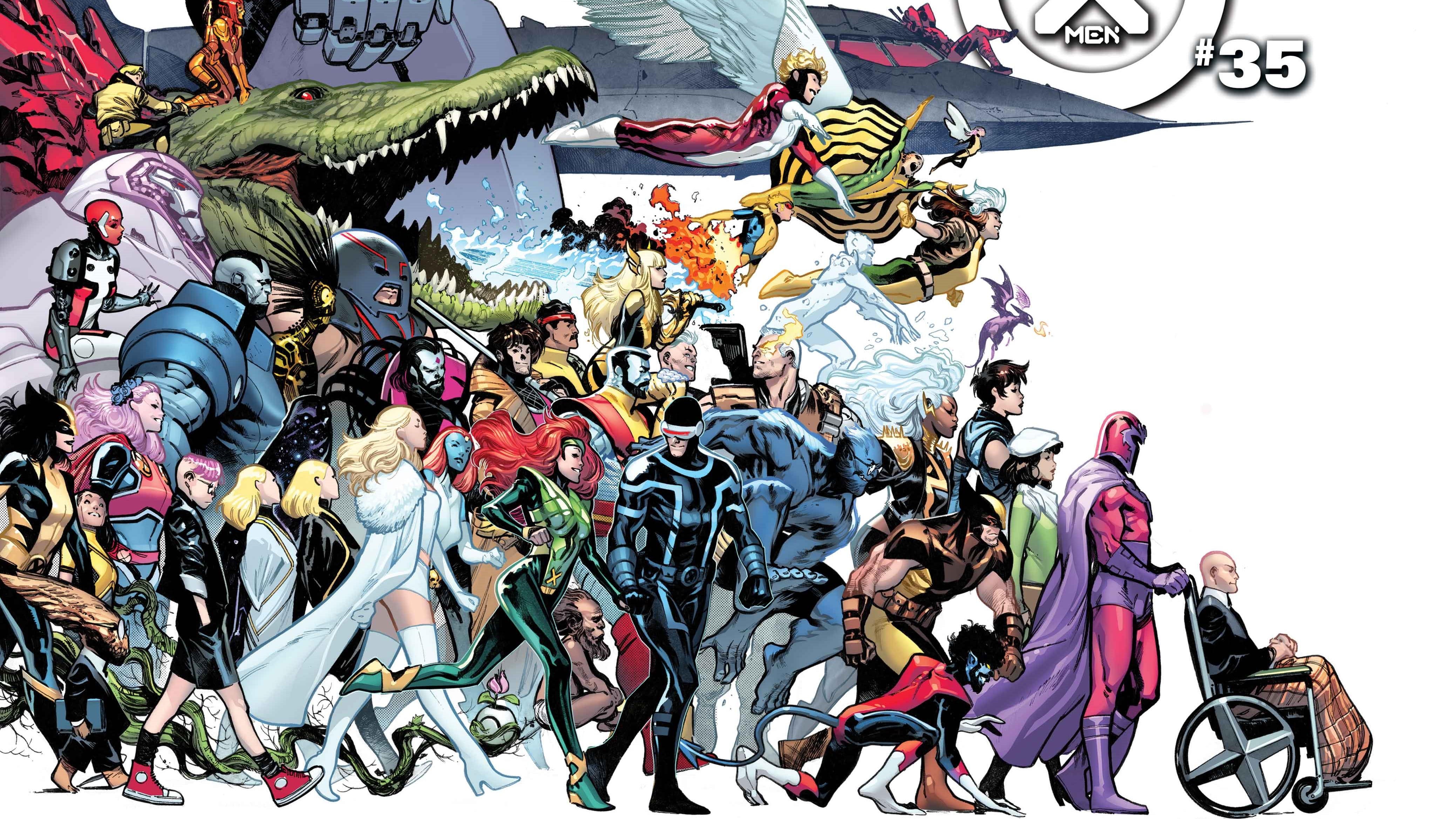When I first read the graphic novel Window Horses in 2018, I was a poet struggling to find the courage to express myself. Coincidentally, Window Horses featured a Chinese Persian female protagonist dealing with a similar issue. That protagonist, Rosie Ming, is an emerging poet whose self published book of poems earns her an invitation to an Iranian poetry festival. There, she gradually develops her artistic voice and sense of self while learning the truth about her estranged Iranian father.
An aspect of this graphic novel that I found poignant is how visual art and poetry work together to enhance the culturally rich narrative. Not only does lead illustrator Kevin Langdale make Rosie’s journey pop with color, but other illustrators such as Jody Kramer and Sadaf Amini do the same as poetry, history, politics and more are explored. My personal favorite image is seen when Rosie converses with a character named Mehrnaz Filsoof against a striking backdrop of pink trees and white snow.

If a picture is truly worth a thousand words, then the artwork makes the poetry featured in the book speak volumes. A variety of notable poets are featured including Sean Yangzahn, Taylor Mali, Rumi and Hafiz. Even if you don’t know who they are, the artwork serves to translate the emotional energy of the poems and dialogue. In the case of Sean Yangzhan’s Chinese poem called “Mah,”, literal translation occurs.
The theme of translation is prominent throughout the story. Since Rosie deals with both language and cultural barriers, she must learn to adapt in order to process things as a poet and a person. For those who read, write or perform poetry, we know that we may not understand the words and experiences of every poem we come across. Yet sometimes, the emotions of the poem still come through, and that can result in one poet inspiring another.

One particular bit of dialogue that inspired me in 2018, and still does now, goes, “We cannot choose our lives, but we can shape it. Meaning makes sadness more beautiful.” These lines spoken by the fictional character Di Di made me realize how valuable poetry could be for me. Not long after I first read this book, I wrote a painful yet cathartic poem that eventually went on to be published in an online literary magazine.
Four years later, I feel adrift once again as a poet due to the ongoing pandemic and my lack of energy and motivation to write. Gradually, I’ve gotten in touch with myself again by unabashedly reconnecting with myself and rereading favorites like Window Horses. Little by little, I wrote my first new poem in ages.
I believe that Window Horses gets its title from the many poets and visual artists who provide a look into experiences, history, family and culture. Rosie Ming embodies this especially well with a spirit that is fierce and resilient like the horses she loves. All in all, Window Horses is a beautiful testament to the power of poetry and art.

Latonya Pennington
Latonya Pennington is a freelance contributor whose comics criticism can be found at Women Write About Comics, Comic Book Herald, Newsarama and Shelfdust, among others.





